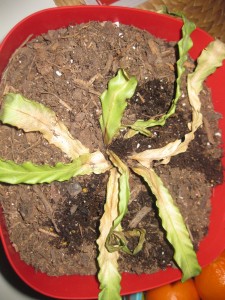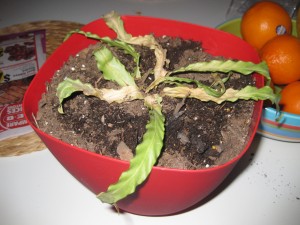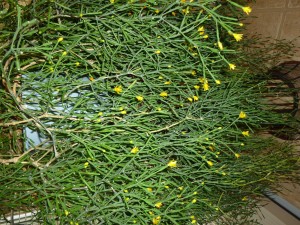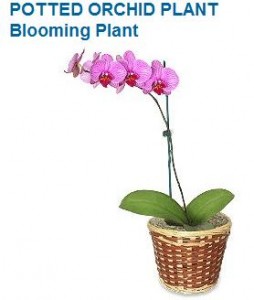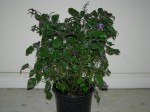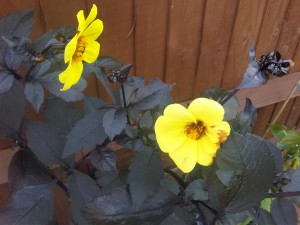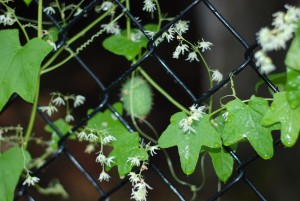This is the second bird nest fern that has been purchased and the same with the other two, the leaves yellow and start to die… could this have something to do with that air inside my house and the heating? I sent a picture. What’s wrong? Can you help me, I love these plants but not how to look after.
Thanks -Elisa
Flower Shop Network Plant Expert Reply: After looking at the photos, it appears that 3 things are not suitable for this plant. The soil is a poor quality mix for fern, it is extremely dry, and the pot doesn’t appear to have drainage.
If trying another fern. Use a good quality potting mix such as Baccto, or Ferti-Lome complete mix, these are peat based soils which are much better suited for ferns. Use a pot that has drain holes in the bottom with a saucer underneath. Water once to saturate then let dry for 5-7 days, then water again. The soil shouldn’t get to the point it’s dry to touch on top.
Try to keep the plant out of the direct path of blowing heat. In addition to watering, mist daily if the room is excessively warm and dry (70° or hotter). Place in a bathroom while showering the steam from the shower will help.


 Find Your
Find Your 